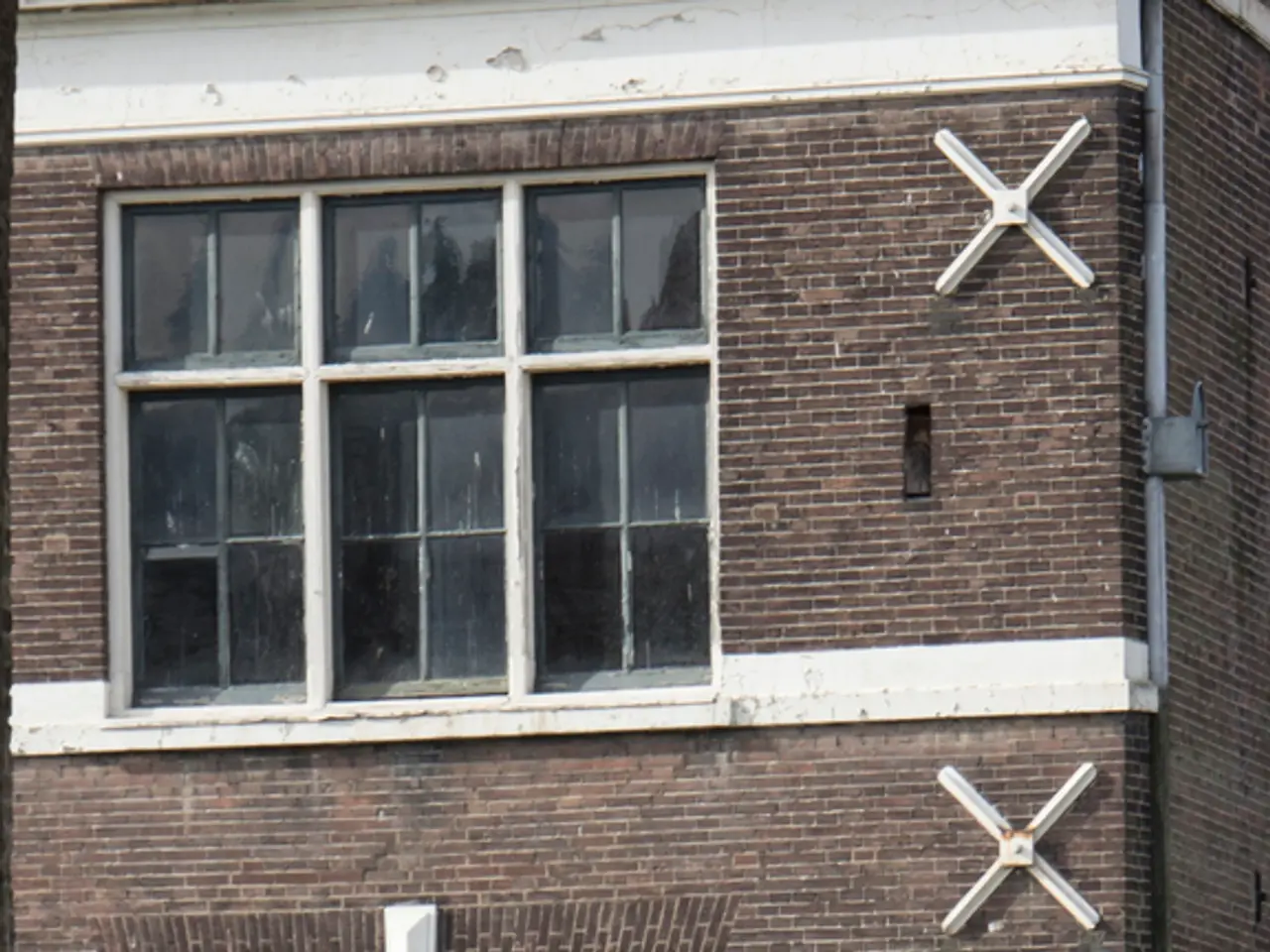Calculating the appropriate size for a heat pump isn't a straightforward calculation. Here's what your installer should consider for an accurate decision.
### Determining the Right Size Heat Pump for Your Home
Choosing the right size heat pump is vital for comfort, efficiency, and the longevity of the system. While the square footage of a home offers a starting point, numerous other factors come into play when determining the required capacity [1].
#### Primary Considerations
- **Home Size and Layout:** The square footage serves as a baseline, but a detailed assessment of each room's heat loss is necessary, taking into account ceiling height, overall floor plan, and usage patterns [2][3]. - **Climate and Location:** The local climate (temperature extremes, humidity, altitude, and proximity to bodies of water or cliffs) sets the "design temperature," which affects the amount of heating or cooling required [3]. - **Insulation and Air Sealing:** The quality and thickness of wall, roof, and floor insulation, as well as how well the home is sealed against drafts, significantly reduce heat loss or gain [2][3]. - **Windows and Doors:** The number, size, type (single/double/triple glazing), and orientation of windows and doors affect solar gain and heat loss [2][3]. - **Orientation and Sun Exposure:** The direction the home faces and daily sunlight exposure influence the solar load and thus the heat pump’s required output [1][2][3]. - **Occupancy and Usage:** The number of people living in the home and how rooms are used contribute to internal heat gains (from cooking, appliances, body heat) [2]. - **Construction Materials:** The type and thermal properties of the materials used in the home’s construction can alter heat retention and loss [1][3]. - **Ventilation and Airflow:** The home’s ventilation system and ductwork (if present) can affect how air moves, influencing efficiency and comfort [2]. - **Device Heat Output:** Heat from lighting, appliances, and electronics can add to the internal heat load and should be accounted for [2].
#### Why Proper Sizing Matters
- **Undersized Systems:** Struggle to maintain comfort, run constantly, increase energy bills, and may shorten equipment lifespan [1]. - **Oversized Systems:** Cycle on and off too frequently (short cycling), reducing efficiency, comfort, and component life while increasing wear and tear [1].
#### How It’s Calculated
Professionals use a detailed **load calculation** that integrates all these factors, often following standards such as those from the Microgeneration Certification Scheme (MCS) in the UK, or Manual J in the US [1][3]. This typically involves specialized software or spreadsheets to sum room-by-room heat losses and gains, then match that total to the appropriate heat pump capacity [3].
#### Common Units and Conversions
- **BTUs/hour:** Common in the US; 1 ton = 12,000 BTU/hour. - **Kilowatts (kW):** Common in the UK and Europe; 1 kW ≈ 3,412 BTU/hour [2]. - **Tons:** 1 ton ≈ 3.5 kW.
#### Summary Table
| Factor | Impact on Sizing | |-----------------------|-----------------------------------| | Square footage | Baseline for initial estimate | | Insulation & air seal | Reduces required output | | Windows/doors | Increases/decreases heat loss | | Climate/location | Sets design temperature | | Orientation | Affects solar gain/loss | | Occupancy | Adds internal heat gains | | Ventilation | Affects air distribution |
**Bottom line:** Never rely on square footage alone. A professional load calculation, considering all the above factors, is essential for selecting an optimal heat pump size that balances comfort, efficiency, and durability [1][3].
Additionally, the size of radiators and any pipework leading to them should be recorded during the heat loss calculation for a heat pump installation. It is worth noting that heat pumps and heat pump technology have been used in homes for many years, primarily in the form of refrigerators. An older property may have a heat loss of around 50 to 60 Watts per square meter (W/m2), which would mean a heat loss of around 11 to 12 kilowatts (kW). In such cases, it's likely an air source heat pump with a maximum capacity of around 16 kilowatts (kW) would be specified to ensure there are no questions as to whether heat pumps are suitable for old homes. The positioning of the outdoor fan unit on an air source heat pump, and the indoor heat pump unit on a ground source heat pump, needs careful planning for effective operation and minimal disturbance. Ground source heat pumps do not have the same level of drop off as air source heat pumps, so can be slightly better suited to larger properties and higher heat loads. It's essential to understand the difference between high, medium, and low temperature air source heat pumps to establish which will best suit your needs, and if opting for a higher flow model could even mitigate the need to install two.
- The quality of a home's insulation and air sealing plays a significant role in determining the required heat pump capacity, as improvements in these areas reduce heat loss or gain.
- The number and size of windows and doors affect solar gain and heat loss, with larger windows and doors allowing more solar energy into the home but also increasing heat loss.
- In the home design, the orientation and sun exposure influence the solar load, with south-facing homes in the northern hemisphere or north-facing homes in the southern hemisphere receiving the greatest solar exposure.
- Internal heat gains contribute to the total heat load of a home, with activities like cooking, appliances usage, and movement of people generating heat.
- Construction materials with poor thermal properties may lead to increased heat retention and loss, affecting the size of the necessary heat pump.
- A home's ventilation system and ductwork can impact air distribution, which in turn influences the efficiency and comfort provided by the heat pump.
- The output of heat-generating devices, such as lighting, appliances, and electronics, should be accounted for during the heat pump size calculation to ensure an accurate prediction of the total heat load.
- Undersized heat pumps struggle to maintain comfort, run continuously, increase energy bills, and may shorten the equipment lifespan, making proper sizing essential.
- Oversized heat pumps may cycle on and off too frequently, reducing efficiency, comfort, and component life while increasing wear and tear.
- To ensure the optimal heat pump size for a home, professionals often use specialized software or spreadsheets to calculate room-by-room heat losses and gains, then match that total to the appropriate heat pump capacity.
- The science of selecting the right heat pump for a home treads the fine line between comfort, energy efficiency, and durability, requiring a comprehensive understanding of factors such as home size, climate, insulation, windows, orientation, occupancy, and heat output.




